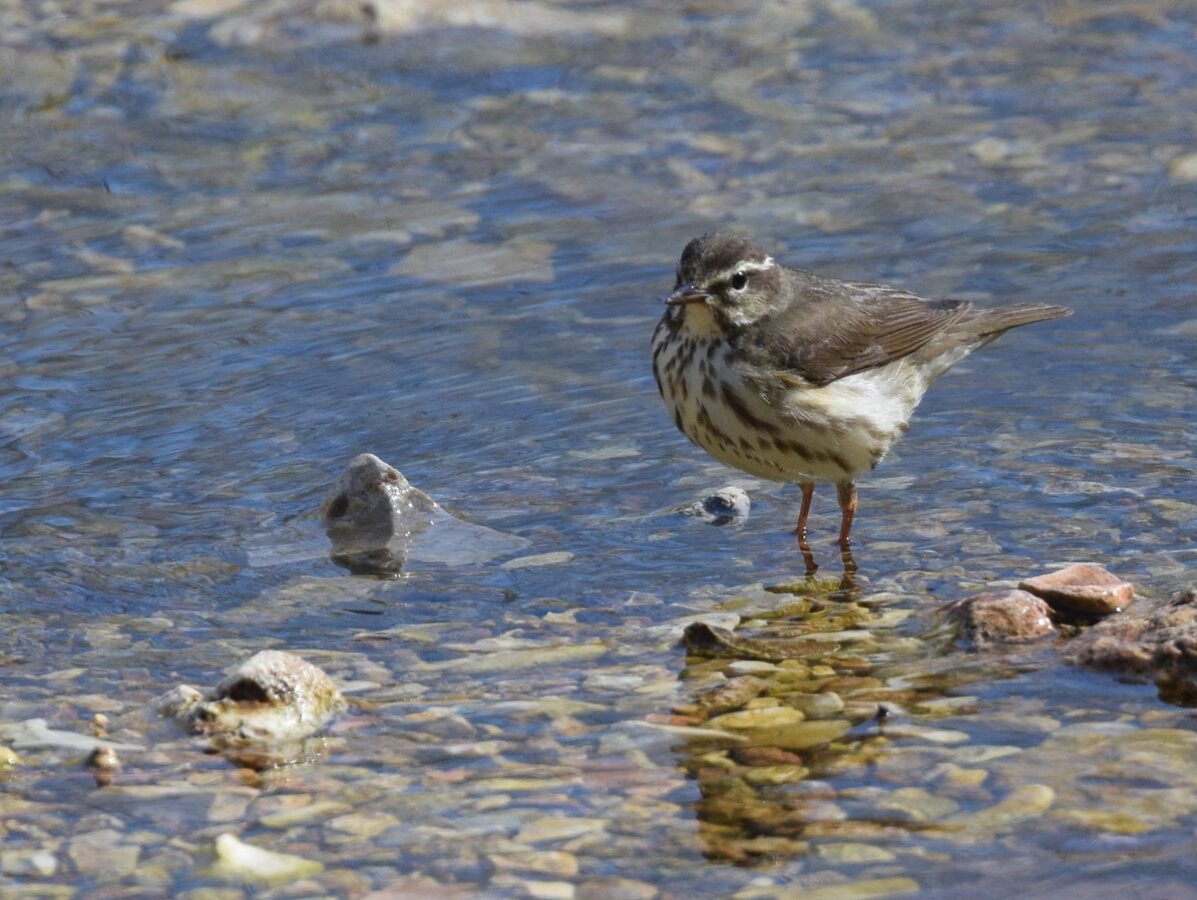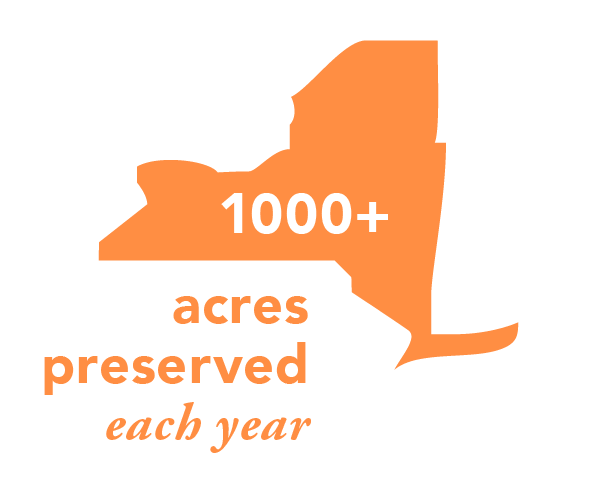Don’t be fooled by names: the Louisiana Waterthrush (Parkesia motacilla) isn’t a thrush at all. Thrushes – members of the family Turdidae – are, in general, bright-eyed, sturdy-bodied leaf-litter-scratchers, and there are many of them in the Finger Lakes. The Hermit and Wood breed here; the Swainson’s passes through in spring and fall.
A waterthrush looks like a thrush but is actually a member of the family Parulidae, the New World warblers. (It should be noted that “warbler” is more of a poetic than a scientific designation: to this untrained listener’s ear, at least, warblers’ often short, frizzy songs tend to sound endearing rather than particularly melodious.) Many warblers are bright-colored or strikingly patterned branch-clingers. Waterthrushes, on the other hand, are clad in a muted palette of ivory, olive, and brown, and they are quite comfortable hopping around on the forest floor.

Photo: Andy Reago & Chrissy McClarren, CC BY 2.0
To add to the confusion, the Louisiana Waterthrush has nothing in particular to do with Louisiana, except that some early specimens were collected there. Like many warblers, it winters in the tropics and migrates long distances to its summer breeding grounds, which cover most of the continental U. S. east of the Mississippi. The Finger Lakes are at the northern edge of its range.
There’s one part of this bird’s name that can be trusted: it is indeed a bird of the water. This species is only found where pristine streams run through large tracts of mature forest, and although its numbers are currently stable, it is very sensitive to changes in the environment. The Finger Lakes Land Trust is playing a critical role in keeping this species healthy. John Confer, Retired Associate Professor of Biology at Ithaca College, estimates that Land Trust nature preserves shelter at least 0.02% of all the breeding Louisiana Waterthrushes in the world—and that’s not even counting the lands protected by the Land Trust that are outside of preserves.
Look for this bird along the steep-sided rivulets that run swiftly and secretly through mature forests. You’ll have to look carefully, though. Its back is colored like the forest floor and its belly is streaked so that it’s harder for predators to see it from below. If you manage to catch a glimpse of one of these industrious hoppers, it will probably be poking around for little insects, grubs, crustaceans, and molluscs at the edge of the water.
The old scientific name of the Louisiana Waterthrush (before the genus was renamed after the ornithologist Kenneth Carroll Parkes) was Seiurus motacilla: tail-shaker little-mover. Particularly when walking, waterthrushes constantly bend and extend their “knees” (which are really their ankle joints), causing their tails to shake – or, more accurately, causing them to bob or spring up and down. In fact, many birds move their tails in a similar way: certain kinds of shorebirds, Eastern Phoebes, and American Pipits, along with a whole genus of birds named Motacilla – the wagtails – do the same thing. On the other side of the world, in Australia, the “Willie wagtail” moves its tail not up-and-down but side-to-side. I grew up in Southern California, watching Spotted Sandpipers that teetered like little spring-loaded toys as they dug for sand crabs.
Many birds bob, teeter, or nervously twitch their tails, probably for different reasons, but why does the waterthrush do it? There are varying theories, many of them contradictory. The constant motion might let predators know that these birds are alert: go after someone duller and slower! On the other hand, it might actually make them less visible to predators, as their rhythmically moving bodies mimic detritus caught in wind or water. Perhaps the bobbing helps them sneak up on their prey, or, alternatively, perhaps it startles their prey into motion. Maybe it helps them see food more easily under flowing water, or maybe it helps them keep their balance on uncertain ground. Whatever the reason, it’s got to be something good: they expend a lot of energy doing their little knee-bends.
The waterthrush is a bird of many names, some of them evocative and some of them confounding. But the most charming of all is surely the Spanish one: reinita charquera, “little queen of puddles.”

